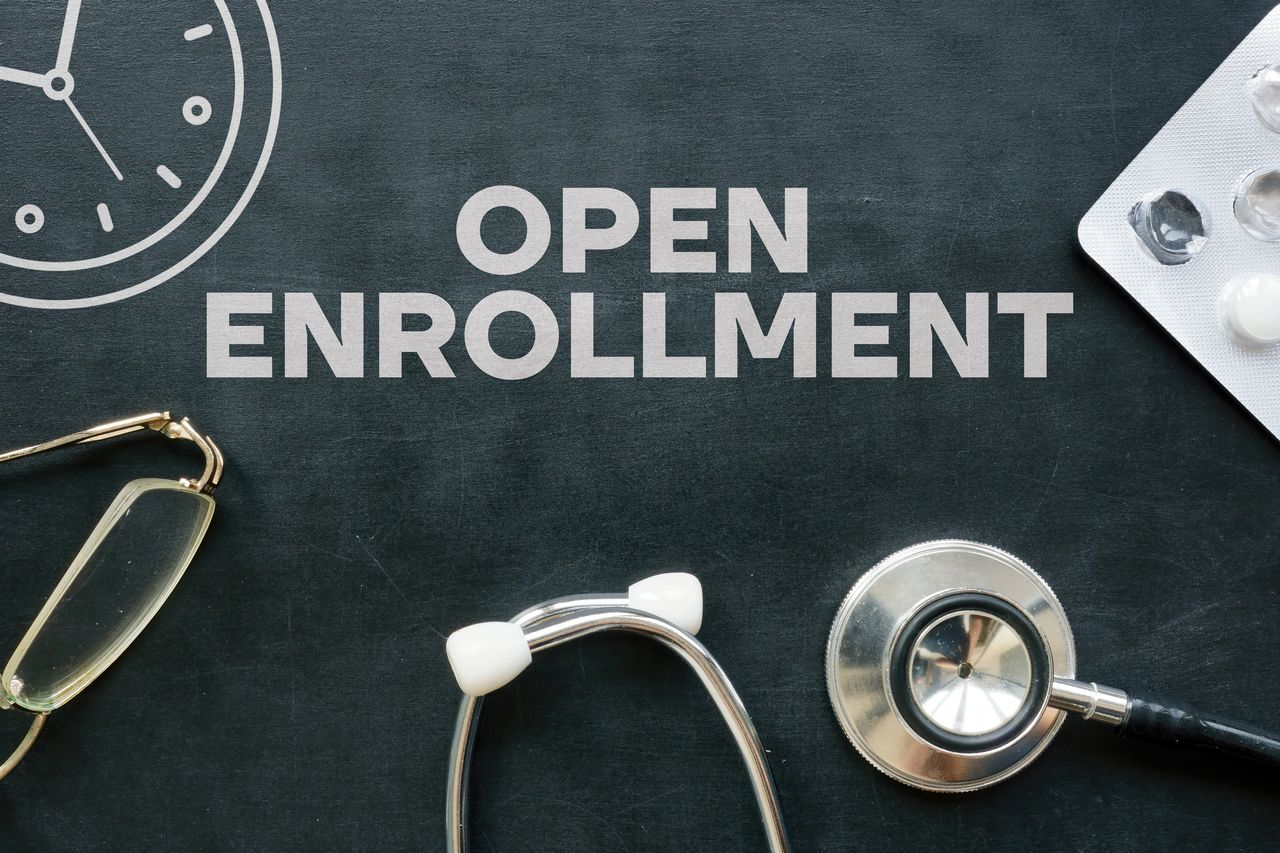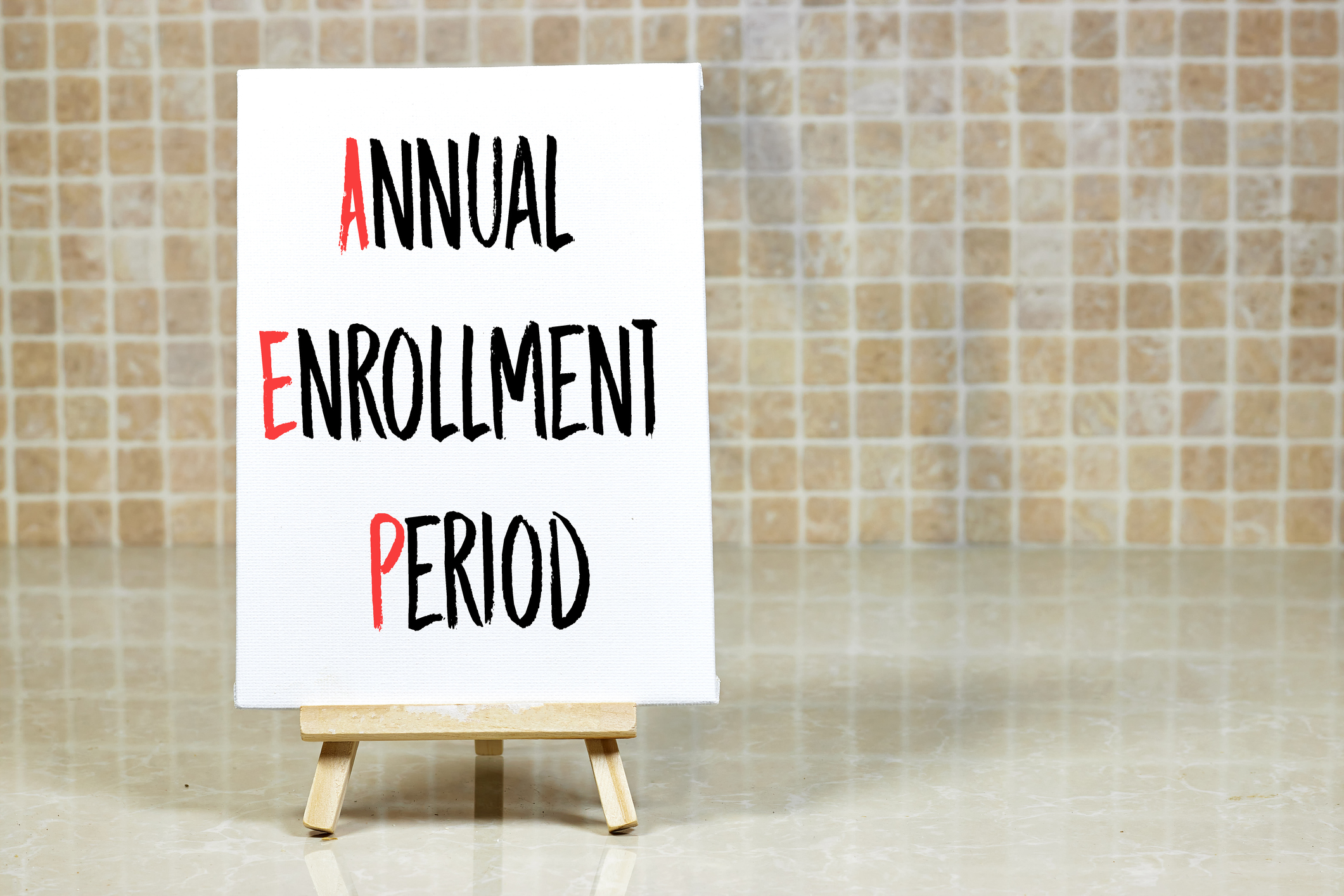
The main Medicare Open Enrollment Period runs from October 15 through December 7. During this time, those already enrolled in original Medicare or a Medicare Advantage plan can make changes to their coverage. There are two main ways to get your Medicare coverage — original Medicare (Part A and Part B) and Medicare Advantage (Part C). When open enrollment begins, you should shop around for the plan that suits your needs and lifestyle best.
Medicare beneficiaries who already have Part A and Part B can use this election period to enroll in, change, or disenroll from a Part D plan or join a Medicare Advantage plan. Medicare Advantage plan participants can switch Advantage plans or return to original Medicare.
When is the Open Enrollment Period?

Medicare Open Enrollment, also known as the Annual Election Period (AEP), runs from October 15 to December 7 each year. During this period, you can switch from original Medicare to a Medicare Advantage plan, or vice versa. You can also choose a new Advantage plan or new Medicare Part D prescription drug coverage. Coverage will begin in 2026.
If you decide you want to keep your current plan(s), you don't have to do anything. Your current selections will be automatically renewed.
When is the Medicare Advantage Open Enrollment Period (MAOEP)?

Medicare Advantage plan enrollees have a second window of opportunity to change their minds after the primary Open Enrollment period ends. If you enroll in a Medicare Advantage plan and, for any reason, you don’t like it, you can disenroll during the MAOEP that runs from January 1 through March 31. This only applies to people enrolled in Medicare Advantage plans who want to make a change.
During this period, you can disenroll from a Medicare Advantage plan and return to original Medicare, with or without a Part D drug plan, or switch from one Medicare Advantage plan to another Medicare Advantage plan. If you decide to switch to original Medicare, consider purchasing a Medigap policy.
When is the General Enrollment Period (GEP)?

The General Enrollment Period (GEP) that runs from January 1 through March 31 is for eligible beneficiaries who didn’t sign up for Medicare when they turned 65 and don’t qualify for a Special Enrollment Period (or SEP, see description below). So, if you missed your Initial Enrollment Period (IEP), this is when you can sign up for Parts A and B. Unfortunately, you will likely have to pay a Part B premium penalty.
If you have to pay for Part A, and you sign up for Part B during the GEP, you can also join a Medicare drug plan. You’ll have two months after signing up for Part B to join a drug plan. Your drug coverage will start the month after the plan receives your request to join.
When you enroll in the GEP, your coverage begins on the first of the month after you enroll. For example, if you enroll in January, your coverage begins February 1.
What is the Special Enrollment Period (SEP)?

After your IEP is over, you may have a chance to sign up for Medicare during a Special Enrollment Period (SEP). If you experience a qualifying life event, you may be able to enroll or change a selection without having to pay a late enrollment penalty. You may also qualify for a SEP if you miss your open enrollment period after joining Medicare and want to change your selections.
The Medicare site offers a Q&A on how to qualify for the special enrollment period to give you a general explanation of qualifying circumstances.
Qualifying life events for special enrollment:
- You change where you live
- You lose your current coverage
- You have a chance to get other coverage
- Your plan changes its contract with Medicare
- Exceptional situations for a SEP: You may be eligible if you miss an enrollment period because of certain exceptional circumstances, like being impacted by a natural disaster or an emergency, incarceration, employer or health plan error, losing Medicaid coverage, or other circumstances outside of your control that Medicare determines to be exceptional
If you miss an enrollment period because of an exceptional condition, you’ll have two months to join a Medicare Advantage Plan (with or without Part D drug coverage) or a Medicare Part D drug plan. Your coverage will start the first day of the month after the Medicare Advantage Plan receives your request to join.
Waiver of the Part B enrollment penalty. If you don’t sign up for Part B when you’re first eligible, you may have to pay a late enrollment penalty for as long as you have Part B. Your monthly Part B premium may go up 10% for each full 12 months in the period that you could’ve had Part B, but didn’t sign up. If you’re allowed to sign up for Part B during a SEP, you usually don’t pay a late enrollment penalty.
Help choosing a plan
Medicare provides a tool to help you compare the costs of different Medigap, Medicare Advantage, and Part D prescription drug plans. The tool will tell you the out-of-pocket maximum and what your specific medications would cost for different Medicare Advantage plans. It can also provide price ranges for Medigap plans available in your area.
You can always call Medicare for assistance at 1-800-MEDICARE. And, local State Health Insurance Assistance Programs (SHIPs) provide unbiased, personalized counseling.







